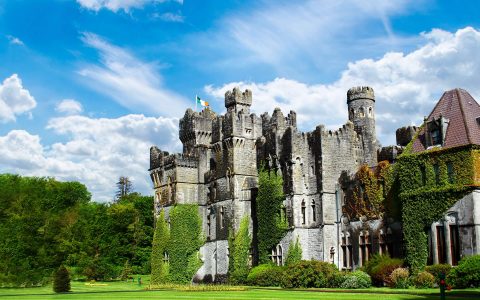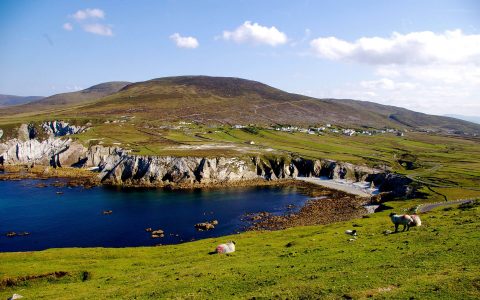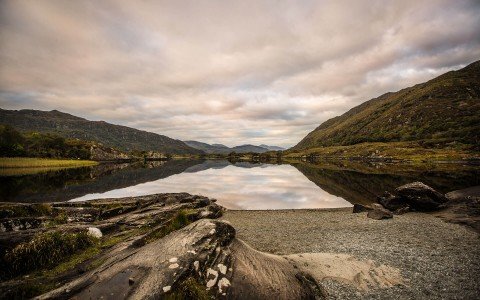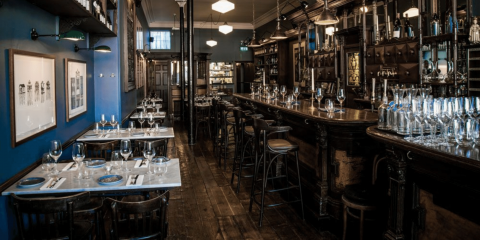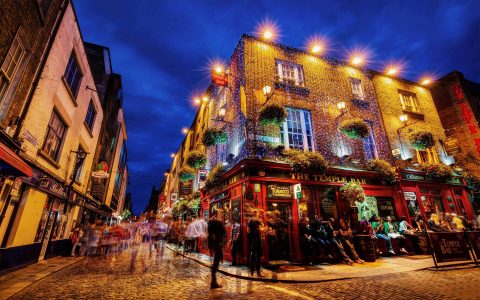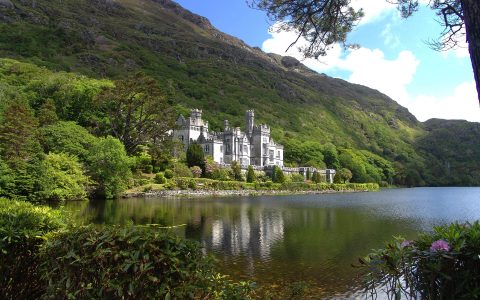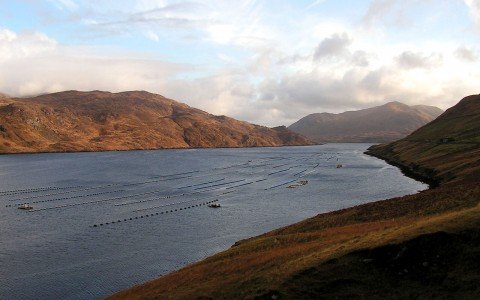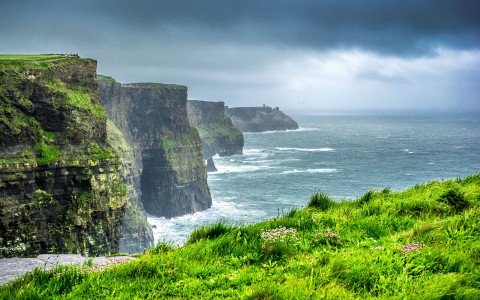In Killary Harbour,
History and Beauty
An image of dolphins swimming majestically as they chase salmon through the current may not join Guinness and clovers as the first thoughts that spring to mind when you hear “Ireland.” But set foot on the Emerald Isle’s western coast at the right time of year and you might just spot our finned friends as you bear witness to the majesty of Killary Harbour.
Killary Harbour: A Natural Border
Ringed by mountains and often spotted with dolphins following the salmon migrations, in spring and early summer Killary Harbour (An Caoláire Rua) teems with both salmon and mussels, as two well-known rivers flow in from the north and east.
Located in the heart of Connemara, Killary Harbour forms a natural border between counties Galway and Mayo, and provides Ireland with one of its three fjords.
The 16-kilometre fjord formed about 20,000 years ago when a massive natural fault line that reaches all the way from Scotland caused the westward movement of mile-deep ice.
The path along the southern shore of the fjord is an old famine relief road, built by cutting a terrace into the ground and laying stone. During the 1850s, tens of thousands of starving farmers worked on the road to earn a penny a day, overseen by Colonel Thomson, a veteran in the Peninsular War.
Explore the Land
of Saints and Scholars
On our Ireland Biking trip, authenticity abounds. Grab a pint and hold on!
DETAILED ITINERARYFishless during Famine
On the sides of the hill along Killary Harbour you can still see the old potato beds, which provided the only food available—until they went black with blight. There was no fishing in the fjord during the Famine, not because there were no fish, but because the people had no nets.
The famine didn’t happen once. It happened in waves that lasted decades. And technically it began 200 years before, with the institution of the Penal Laws in 1651. Oliver Cromwell, who chose Connaught over hell itself (a favourite line around these parts), through his conquests, reduced families’ plots of lands to such a size that they could only farm potatoes. Out of a population of eight million people, more than half disappeared, in almost equal parts by death and emigration (or death by emigration).
MORE FROM Europe + Ireland
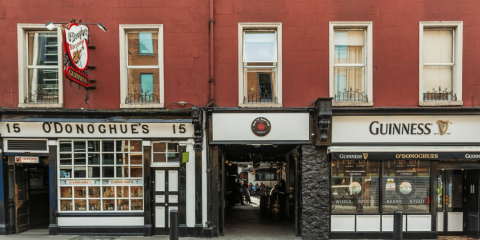
7 Best Pubs in Dublin to Celebrate St. Patrick’s Day
Ireland
History Meets Modern Luxury: Top Hotels of England, Scotland and Ireland
England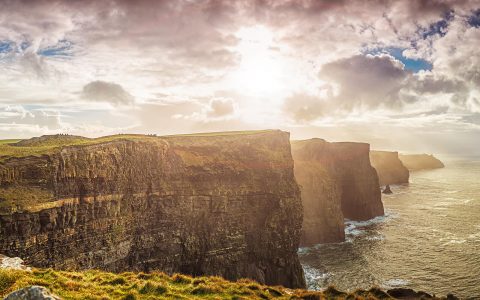
Top 5 Things To Do On Ireland’s West Coast
Ireland